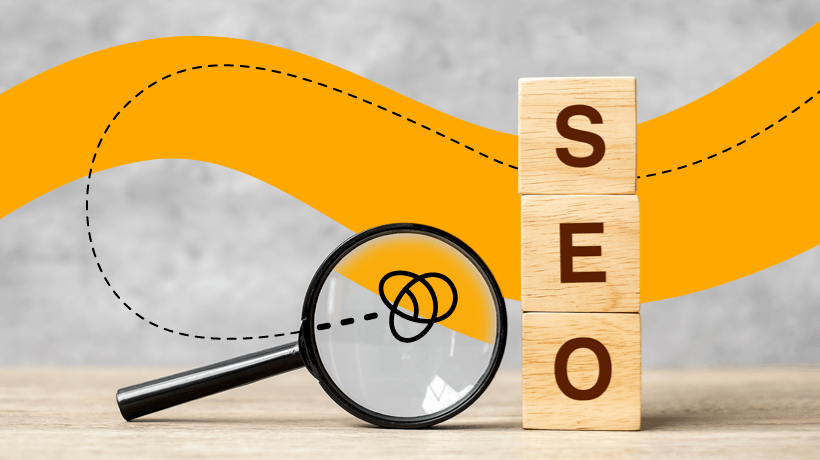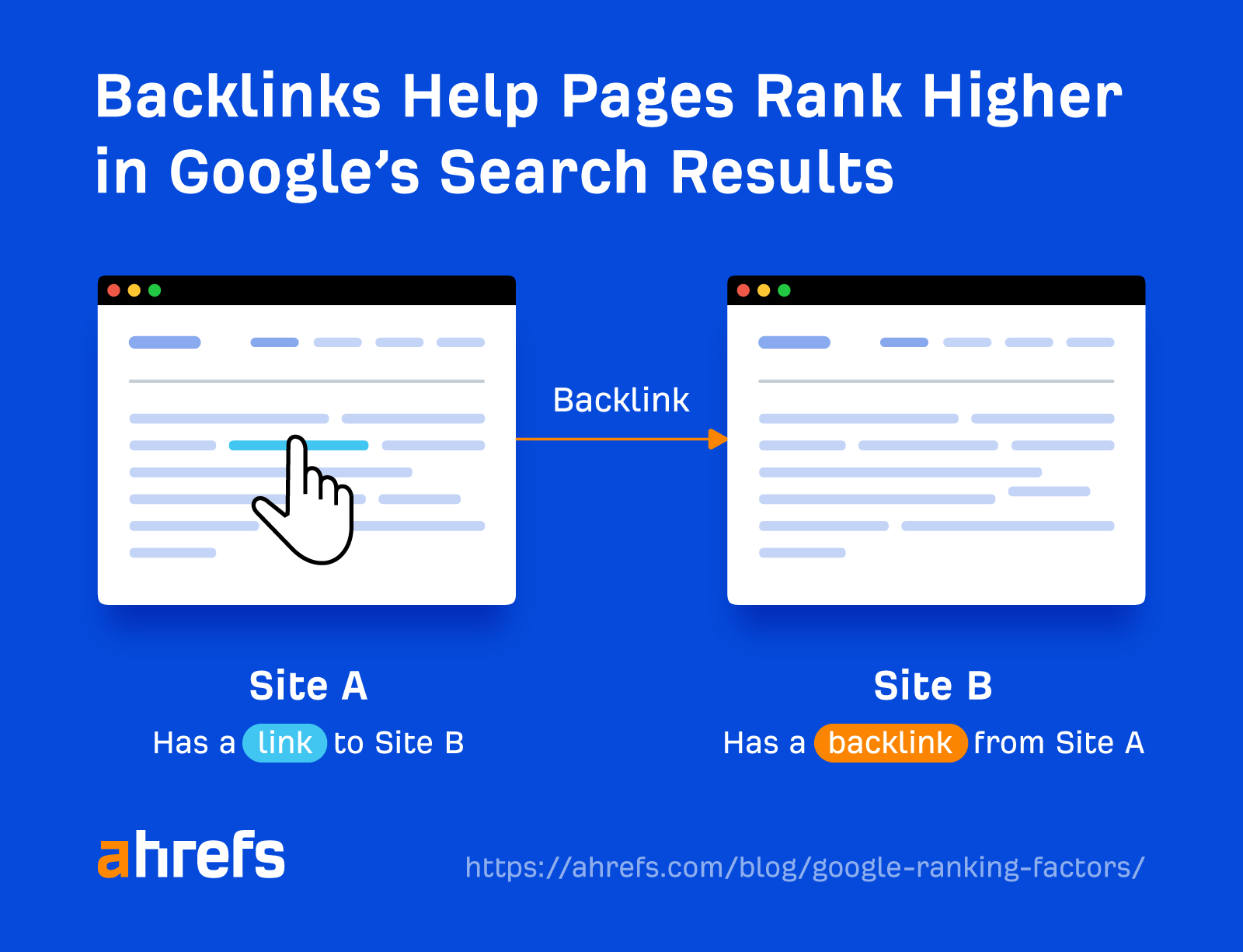Building Digital Bridges: Progressing Methods with Linkdaddy Link Building
Wiki Article
SEARCH ENGINE OPTIMIZATION Vs. SEM: Understanding the Secret Differences
SEARCH ENGINE OPTIMIZATION, which stands for Browse Engine Optimization, concentrates on enhancing a site's presence and organic position on search engine results pages. On the various other hand, SEM, or Browse Engine Marketing, entails paid marketing to increase a web site's presence on search engines. Comprehending the key differences in between SEO and SEM is vital for companies looking to maximize their online existence and drive website traffic to their sites.
Interpretation of Search Engine Optimization
SEO, or Browse Engine Optimization, refers to the practice of optimizing websites to improve their presence and positions on internet search engine results pages (SERPs) It involves various strategies and methods targeted at increasing natural, or non-paid, website traffic to an internet site. The utmost goal of SEO is to improve a site's online visibility and draw in more targeted site visitors.One of the crucial aspects of search engine optimization is keyword optimization (https://issuhub.com/view/index/231651). When looking for details or products related to a certain web site, this entails carrying out complete research to recognize appropriate keyword phrases that users are most likely to search for. By including these key phrases strategically right into the site's content, meta tags, and Links, SEO intends to improve the site's relevance and ranking for those specific search terms
One more important aspect in SEO is on-page optimization. This includes optimizing different components on a web site, such as title tags, headings, images, and interior web links, to make them more search engine-friendly (google seo). By ensuring that these aspects are effectively structured and relevant to the web site's web content, SEO assists internet search engine comprehend the context and importance of the site
Furthermore, search engine optimization also includes off-page optimization strategies, such as web link building. This involves obtaining high-quality backlinks from other trusted web sites, which shows to search engines that the site is reliable and reliable. By developing a solid network of back links, SEO improves a site's integrity and enhances its opportunities of rating greater in search engine result.
Definition of SEM
SEM, or Search Engine Advertising, is an advertising method that includes advertising web sites and boosting their presence with paid marketing on internet search engine results web pages (SERPs) Unlike search engine optimization, which concentrates on maximizing internet sites to boost natural search rankings, SEM uses paid marketing to drive web traffic to a site.One of the key parts of SEM is pay-per-click (PAY PER CLICK) marketing. When a user searches for those search phrases, the advertisements appear at the leading or side of the search results.

Present ads are banners or aesthetic ads that appear on internet sites within the Google Display Network. Remarketing advertisements target customers who have formerly gone to a website, serving them advertisements as they surf other sites.
Purposes of SEO and SEM
The goals of both seo (SEO) and search engine advertising and marketing (SEM) focus on boosting an internet site's visibility and driving targeted web traffic. The approaches and approaches employed by each vary considerably.The primary objective of search engine optimization is to boost a website's organic search ranking on online search engine results pages (SERPs) This is accomplished by enhancing numerous components on the internet site, such as web content, meta tags, and website framework, to make it extra enticing and pertinent to internet search engine. By doing so, search engine optimization intends to bring in more natural traffic from customers proactively looking for relevant key words or topics.
On the other hand, SEM concentrates on increasing a website's visibility via paid advertising and marketing on internet search engine. The key goal of SEM is to drive targeted web traffic to a site by bidding on keywords and presenting advertisements in online search engine results. This approach permits services to reach a wider target market promptly and successfully.

Key Components of SEO
To effectively execute SEO, it is important to comprehend the crucial elements that add to enhancing a site's organic search ranking. These components can be broadly categorized right into off-page elements and on-page elements.On-page factors refer to the components that are straight existing on an internet site and can be maximized for much better internet search engine exposure. This includes the internet site's web content, search phrase use, meta tags, URL structure, web page titles, and headings. By maximizing these aspects, online search engine can better recognize the importance and context of the web site's content, resulting in greater rankings.
Off-page factors, on the various other hand, concentrate on external signals that affect a site's authority and reliability. This includes back links from other reputable internet sites, social networks signals, and online states (https://markets.financialcontent.com/startribune/news/article/marketersmedia-2023-12-3-linkdaddy-announces-agency-backlink-local-business-directory-listings-service). The even more premium and pertinent back links an internet site has, the far better its opportunities of rating greater in internet search engine results web pages
In addition, individual experience is an essential element of SEO. seo marketing. Online search engine focus on internet sites that supply a favorable individual experience, including rapid filling times, mobile-friendliness, and simple navigation
Key Elements of SEM
As opposed to search engine optimization, SEM includes a distinct collection of crucial elements that concentrate on paid advertising and driving prompt exposure in search engine outcomes. These elements include internet search engine advertising and marketing, likewise called pay-per-click (PAY PER CLICK) marketing, keyword research, advertisement development, and project administration.Online search engine advertising and marketing is a vital component of SEM. When those keywords are browsed, it entails bidding on search phrases appropriate to your business and producing text or screen advertisements that will show up in search engine results. With internet search engine marketing, you can target details demographics, locations, and even time of day to reach your wanted audience.
Keyword research study is an additional crucial part of SEM. It involves determining the search phrases that your target audience is utilizing to look for services or products comparable to your own. By conducting extensive keyword research study, you can maximize your advertisements and ensure they are shown to the best individuals at the correct time.
Advertisement creation is the process of developing influential and engaging advertisements that will certainly entice users to click on them. Well-crafted ads have a strong call-to-action, appropriate messaging, and a clear value recommendation.
Finally, project administration entails surveillance and maximizing your SEM projects to guarantee they are executing properly. This consists of monitoring metrics such as click-through prices, conversion prices, and return on financial investment (ROI) to make data-driven choices and accomplish the most effective outcomes.
Conclusion
To conclude, SEO and SEM are 2 unique approaches in digital marketing. Search engine optimization concentrates on optimizing sites to enhance organic search positions, while SEM entails paid advertising to enhance exposure on internet search engine results pages. Both techniques have their own goals and vital parts that contribute to their effectiveness. Comprehending the distinctions in between search engine optimization and SEM is crucial for businesses to develop an extensive internet marketing technique.SEO, which stands for Search Engine Optimization, focuses on boosting an internet site's presence and natural ranking on search engine results pages. On the various other hand, SEM, or Look Engine Advertising, involves paid advertising to raise an internet site's presence on search engines (google seo).SEO, or Look Engine Optimization, refers to the technique of enhancing websites to boost their exposure and rankings on search engine results web pages (SERPs)The primary goal of Search engine optimization is to enhance a site's natural search position on search engine results pages (SERPs) Search engine optimization focuses on maximizing internet sites to boost natural search rankings, while SEM entails paid marketing to increase exposure on search engine results pages
Report this wiki page